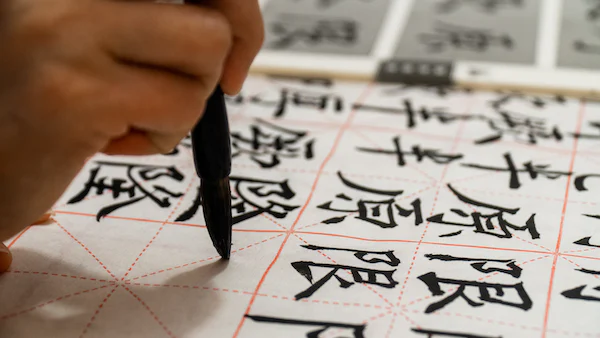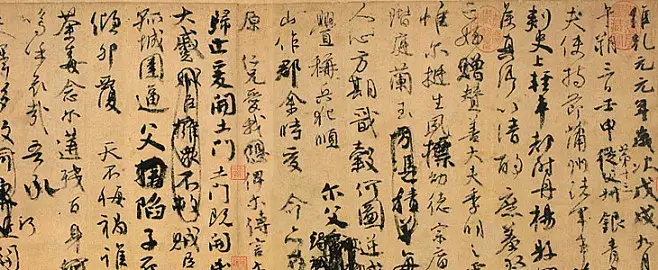In Chinese grammar, the particles 的, 得, and 地 are commonly used to indicate possession, modify verbs, and modify adjectives, respectively. However, their meanings and uses can be confusing, especially for beginners. This article aims to clarify the differences between these particles and provide examples to help readers better understand their usage. 的 (de) – Possession
的 (de) – Possession
The particle 的 is used to indicate possession or belonging. It is placed between the owner and the object, and can be translated as ‘s or ‘s in English.
Examples:
- 我的车 (wǒ de chē) – My car
- 他的狗 (tā de gǒu) – His dog
- 她的书 (tā de shū) – Her book
得 (de) – Modifying Verbs
The particle 得 is used to modify verbs, indicating the outcome or result of an action. It is placed between the verb and its outcome.
Examples:
- 她学得很努力 (tā xué de hěn nǔ lì) – She studies very diligently
- 他唱歌得很不好听 (tā chàng gē de hěn bù hǎo tīng) – He sings very badly
- 我走得到 (wǒ zǒu de dào) – I can get there
地 (de) – Modifying Adjectives
The particle 地 is used to modify adjectives, indicating the extent or degree of a quality. It is placed between the adjective and the verb.
Examples:
- 她慢慢地走过来 (tā màn man de zǒu guò lái) – She slowly walked over
- 他开开心心地回答 (tā kāi kāi xīn xīn de huí dá) – He joyfully answered
In conclusion, the particles 的, 得, and 地 are essential in Chinese grammar, and their meanings and uses are distinct. 的 indicates possession, 得 modifies verbs, and 地 modifies adjectives. Learning the differences between these particles can help learners of Chinese improve their language skills and communicate more effectively.








